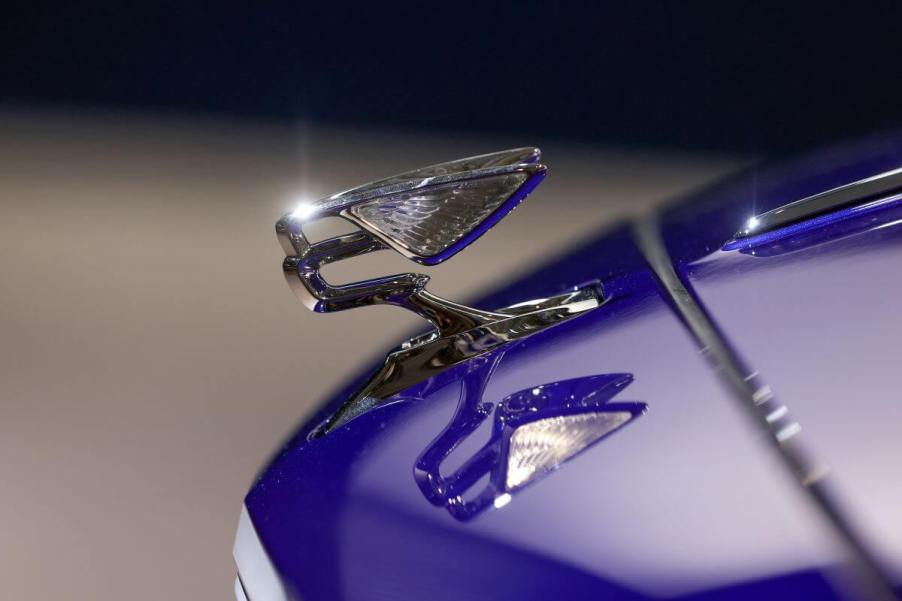
Do Hood Ornaments Affect Gas Mileage?
Car accessories come and go, and one of the more prominent and well-known car accessory fads came in the form of hood ornaments. They were a relatively unique way for automakers to distinguish their cars from other vehicle brands, but by and large, hood ornaments are gone, and only a few luxury cars may have them. Here’s a look at hood ornaments, their history, and whether or not they died because of how they affect a car’s fuel economy.
A brief history of hood ornaments
As AAA wrote about the rise and fall of hood ornaments, they were a feature that got their start in the early 20th century. In the beginning, there was a very practical reason for them. The cars of those days had radiator caps that sat front and center of the hood, and it was not a very attractive design. As such, automakers decided to put hood ornaments over those radiator caps to hide their ugliness, and it worked.
Later, automakers designed their cars such that the radiator caps were tucked inside the engine bay, but that didn’t stop them from continuing with the trend of having hood ornaments on the car. This came down to customer appeal, as automakers had a variety of hood ornament designs that seemed to appeal to a wide variety of drivers.
Some designs were more iconic than others, such as Mercedes-Benz’s three-pointed star, while others were playful and fun. Hood ornaments stuck around on luxury and mass-market cars for decades, but they’ve since died.
There are a couple of reasons why hood ornaments fell out of fashion

As with any other car accessories that exist for their looks, one of the main reasons hood ornaments fell out of fashion was because drivers didn’t like their looks anymore. They were a fashion statement for some, but they had the opposite effect for others. That being said, there were practical reasons for the death of the hood ornament, and one of them was related to fuel efficiency.
In general, a smoother design will be better for a car’s aerodynamics as that can reduce its drag and, thus, how much energy it needs to move around. Hood ornaments broke the smooth hood, affecting the car’s gas mileage. That being said, how much effect the hood ornaments had will vary based on the car’s design and the hood ornament design.
Other than fashion tastes and fuel economy, hood ornaments also fell out of fashion for safety reasons. In particular, countries were concerned about pedestrian safety, and hood ornaments could pose a risk to pedestrians who were hit by a car. Additionally, hood ornaments were being stolen by teens and petty thieves, so many drivers saw them as more trouble than they were worth.
Rolls-Royce developed a workaround for the aerodynamic issues
For most automakers, the death of the hood ornament was not a big deal, but that wasn’t the case for all automakers. Rolls-Royce is a luxury automaker with an iconic hood ornament like Mercedes-Benz. Do the exorbitant prices of the brand, luxury car owners usually don’t care about their car’s fuel economy, but the other issues with hood ornaments remain true.
Rolls-Royce solved those issues and more in a simple way. Rolls-Royce’s iconic hood ornament, which it calls Spirit of Ecstasy, can retract. As such, it can abide by European safety standards since the hood ornament automatically retracts when it detects a collision. When owners lock their doors, the hood ornament also retracts so thieves can’t steal it.




